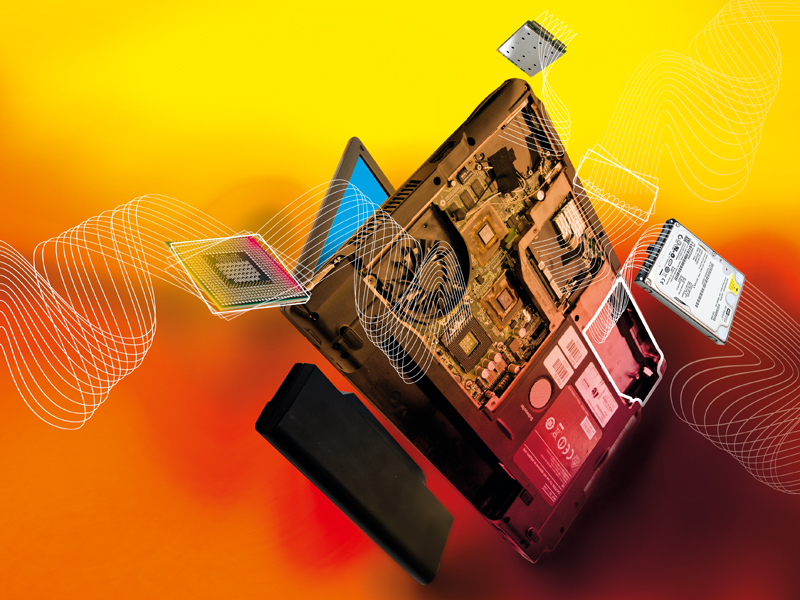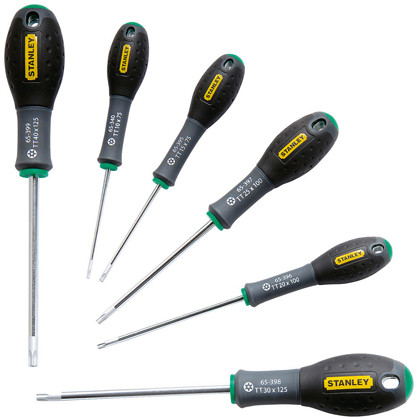
Most of us recognise the noise - the incessant whirring of an overworked laptop fan, struggling to keep a computer cool. You might put it down to old age, assuming that notebooks always get noisier and hotter until, eventually, they just stop working.
That doesn't have to be the case though. When your laptop is starting to get on a bit, overheating and shutting down on its own, it might not be worn out - it might just be dirty.
However clean you keep the outside of your notebook, dust inevitably gets sucked into fans, crumbs fall into keyboards and fluff gets into vents.
We have already looked at how to clean the inside of your desktop computer to keep it running smoothly. You can do the same to your laptop, but it's a much more complicated job, requiring a good deal of technical confidence and steady nerves.
To help you get started, we've put together a few tips on tearing down and cleaning the inside of your mobile machine.
Laptop model designs vary considerably. You can broadly assume that machines in the same range will disassemble in the same way, but that's no guarantee. Peculiarities in design can arise due to specific configurations.
In some cases you may be able to access the internal parts you need to clean through panels on the bottom of the case. For example, if you can get to the CPU, heatsink and fan without having to take apart your machine, then the cleaning process will be much shorter, easier and less likely to end in tears.
Get daily insight, inspiration and deals in your inbox
Sign up for breaking news, reviews, opinion, top tech deals, and more.
Flip your notebook over and have a good look right now. See if you can identify the panels. There are likely to be access panels for RAM, your hard drive and optical drives and, if you're lucky, the main board.
If motherboard access isn't offered here, you may need to take a deep breath and partially dismantle the notebook.
As we said, laptop assembly varies between brands and models, but there are two main ways to get into most notebooks - through the top or through the bottom.
If your machine is accessed from the bottom, you're in luck. These machines are often easier to disassemble - at least enough to access the bits that you'll need to clean. If your laptop has to be cracked open from the top down, you'll generally have to start by removing the keyboard.
Our advice is never to go blundering in. You should always start your teardown routine by sourcing and reading a manual carefully. The document we're talking about here is a different one to the user manual that came in your laptop box.
It's called a service manual or maintenance manual. How easy it is to get hold of will depend on your manufacturer. Try visiting your notebook manufacturer's website first, and look under 'Support' for maintenance documents. If that fails, try Repair4Laptop, which is a free database with links to service manuals and teardown guides for hundreds of machines.
Tooling up
You've got a laptop that needs cleaning and a service manual. Now what you need are the right tools to start the job. We'll divide these into case-opening tools and cleaning tools for convenience. You'll need a set of electrical screwdrivers to handle the small Philips and flat-head screws found in notebook cases.
If you have a Dell or Apple notebook, you may also need to find a set of TORX screwdrivers. A search on Maplin's website reveals you shouldn't have to pay much more than a fiver per set.

A plastic putty knife or guitar plectrum is a handy thing to have when you're opening notebooks. You can use it to pry open seams held together by plastic clips.